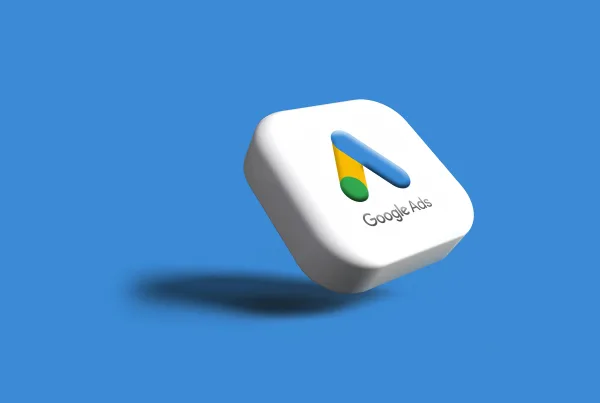We know how frustrating it can be to spend time copywriting an email marketing campaign, have it be sent out to a specified email list, and finally… to find out it garnered little to no results when looking at the email campaign metrics.
While there could be various factors causing this — including your subject line choice, call to action, email deliverability, the creative found in email templates — sometimes your subscribers are simply disengaged. But how do you know if your subscriber list is unengaged? And then what do you do when this is the case? We’re breaking down everything that you need to know about re-engaging your email marketing subscribers.
Assessing Your Email Marketing Subscriber List Engagement
Email marketing subscriber lists are sometimes referred to as either ‘clean’ or ‘dirty.’ Having a 100% clean list means that all of your subscribers are engaged and interact with your emails (through opens and clicks) on a regular basis. Having a 100% dirty list, on the other hand, would mean that no one opens or interacts with your emails. Simply put, having a dirty list equates to having a list full of inactive subscribers.
This can be caused by a variety of reasons:
- Your subscribers are outdated.
- Your list contains subscribers who are no longer interested in your content.
- Your email messages are ending up in your subscriber’s spam folders.
How to know if your email list has active subscribers or inactive subscribers
Signs of a ‘dirty’ or an unengaged subscriber list:
- Open rates consistently under 20%
- Click rates consistently under 1%
- Infrequent emails to the list (less than one per month)
Signs of a ‘clean’ or engaged subscriber list:
- Open rates consistently at or over 25%
- Click rates consistently at or over 2%
- Regular emails to the list (one per week or more)
Although most email lists will fall somewhere on the spectrum between ‘clean’ and ‘dirty,’ if your email marketing subscriber list has more unengaged subscribers than it is engaged ones, it’s a good idea to consider ways to re-engage email subscribers, including through a re-engagement email campaign.

How to Re-Engage Inactive Email Subscribers
There are different ways you can work to re-engage your email subscribers. One such way is through an automation. A re-engagement email flow is an email series that is either sent to an entire email marketing subscriber list or a segment of a list that is deemed as being ‘inactive subscribers’ or ‘unengaged.’ The purpose of these re-engagement campaigns is to ask subscribers whether or not they would still like to be receiving emails.
Within these emails, it is important to remind recipients of the purpose of your email content, who your email content is meant for, and how your email content can be beneficial to them. A vital addition to these email marketing campaigns is to ask these subscribers if they would like to keep hearing from your brand and include add a link or call to action button, in addition to having the capabilities for changing email preferences.
Having a link option for the CTA is key because you will be able to track the link activity and monitor the campaign metrics and KPIs more effectively. These types of win-back emails can be handy in the case of users who, at one point in time, had chosen to opt-in to your digital marketing content; however, the subscribers might have forgotten that they had previously resonated with relevant content.
After the inactive subscribers have completed the re-engagement email workflow, in order to ensure your email list is as ‘clean’ as possible, we recommend removing, or suppressing, the subscribers that did not interact with the email campaigns.
Keeping a clean list that is full of active and re-engaged subscribers makes it easier to learn about your audience. By having a list of active subscribers, it will then be easier to hone in on, when you want to then re-engage email subscribers, to know what content they like, and have more accurate deliverability and engagement metrics. Furthermore, when you have a list that is culled with those users who did follow up with your re-engagement strategy, that means that you’re not paying for subscribers who are no longer interacting or reading your emails.
The Bottom Line
While having an unengaged email list can be frustrating, it’s not the end of the world. By setting up a re-engagement workflow to either your entire list or specifically to inactive subscribers, you can remind subscribers why they joined your list in the first place — and ensure that you’re not paying for subscribers who have gone cold. If you’re frequently dealing with a large number of inactive or unengaged subscribers, contact us to see how the Logical team can help you with your email marketing.








